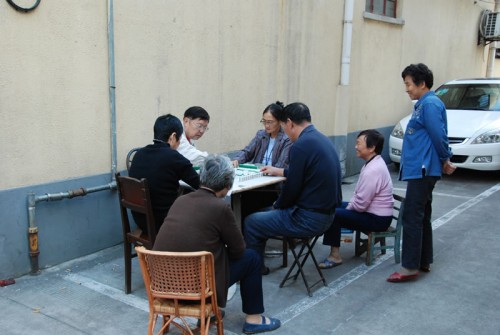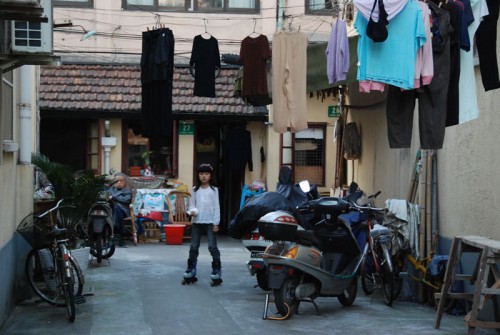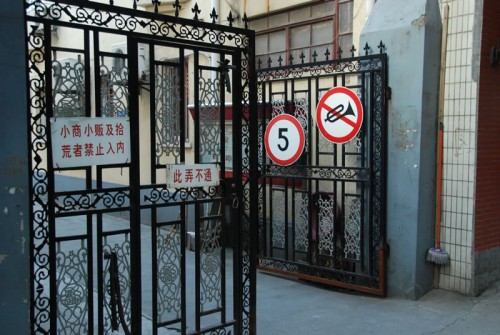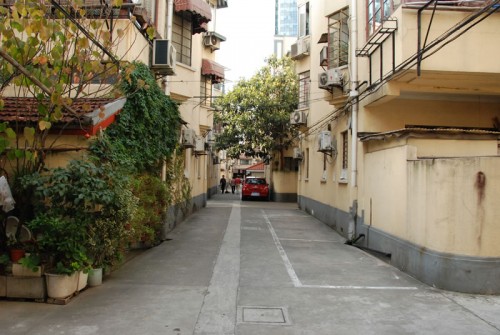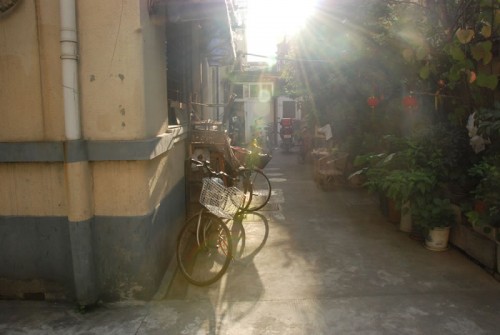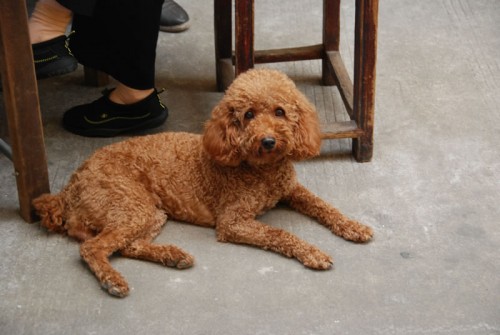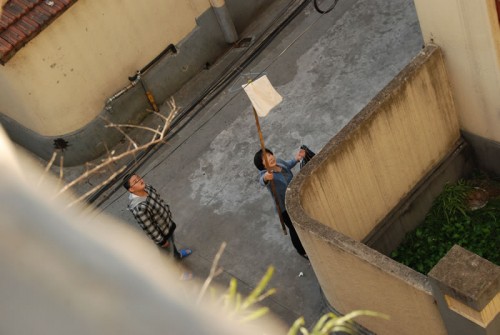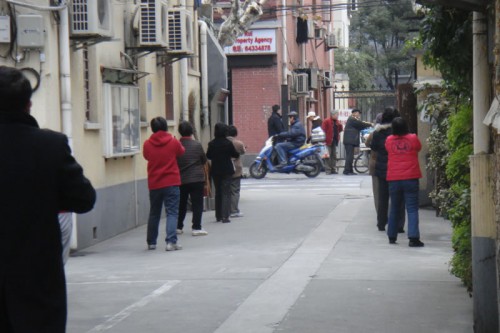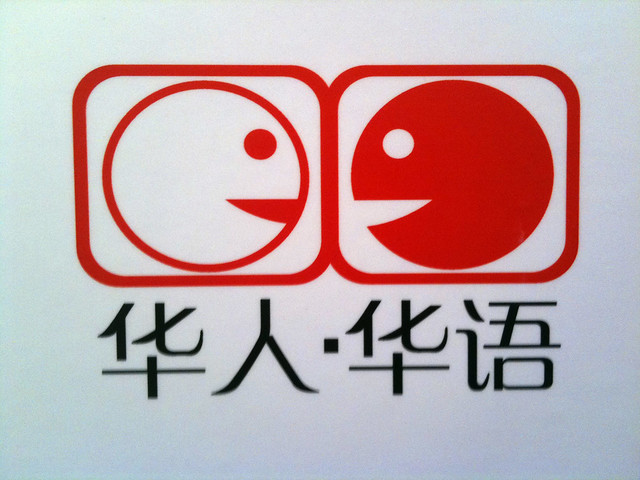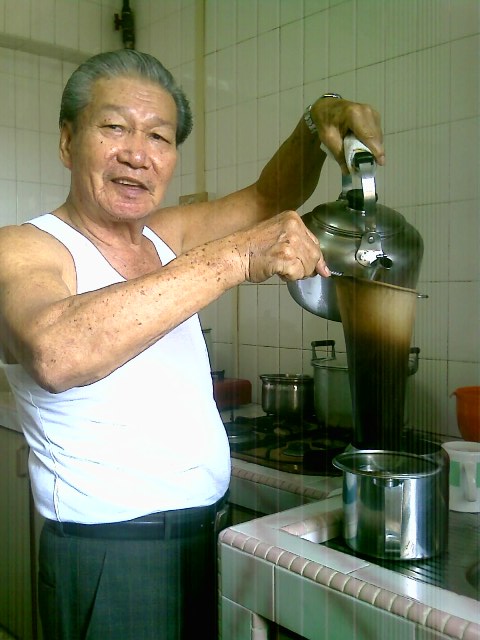When one thinks of the codified world, as Vilem Flusser describes, one starts to think of their cultural heritage as a set of codes. For me, I have come to define ‘culture’ as the methods of survival for a given civilization over time (this probably warrants a whole other article in itself.) Culture is something that grows out of the necessity to survive, and over time, develops into ritualistic practices, and then their intentions are sometimes forgotten because they are so old. As such, because each civilization has lived differently and undergone different circumstances, they have sought different ways to overcome difficulties, and of course the ones that succeeded survive. Now, Flusser will argue that culture shouldn’t be explained, but should be interpreted, because it is a humanity. For him, culture is something that is fabricated by people to give meaning to their meaningless lives in the face of death, a very existential approach, but for the purpose of this article, I am concerned only with the aspect of culture as a form of code, not its purpose.
What’s interesting about different cultures has always been about how different their codes are; even within China, the different provinces each have their own cultural practices. They might all speak mandarin, the common language, but until you have lived in a place and learned the local tongue, you might still not understand some of the terms and phrases that they use. Such symbols are not a matter of language, but a common understanding that is brewed over time within a certain frame. By frame, I mean both physical, such as geography, and metaphysical borders, such as time. People only start to accept you as one of them when you have acquired an understanding of their local culture, and if you have truly mastered it, might even confuse you to be one of them.
The tricky issue comes when a person has more than one set of codes imbued in him, although in today’s world, we already have many of such people around. I once watched a documentary where a Japan-born Korean found difficulty in being accepted into Japanese society. What’s weird is if she doesn’t tell you she is ‘Korean’, one will never know she belongs to Korean heritage because she speaks perfect Japanese and understands the culture fully. The only difference is that she has a memory which had been ingrained into her from young that she has a connection to the Korean civilization. One might argue that being ‘Korean’ is more biological than cultural, but I beg to differ. One must consider the factor of time and, once again, the notion of the frame (this will go in another article). But even if one simply looks at cultural identity, for example being Korean, as having both biological and social codes, then maybe it is not so complicated. For how a civilization behaves in social terms affects how it biologically breeds, and how it biologically breeds also affects how it socially plays out, and culture is brewed in this continuous spiral. Culture is born out of a spiral between social practice and biological function over time. For example, a people living in a cold climate might cook spicy food to fight the cold, and over time, develop a biological appetite for spicy food. But because they have grown to like spicy food over time, they start developing new recipes to satisfy this crave. And hence you have an array of spicy food in say, Korean cuisine, which only further propels the spicy appetite of next generations. Over time, people might forget how it all started, and why they had come to develop so many different variations of spicy food and have such a liking for them, but by then a ‘cultural’ code would have occurred, and if you’re Korean, you eat Korean food.
As such, this model could also be brought to explain moralistic practices within a civilization. Let’s take one of Confucius’ teaching as an example, which is to respect and take care of the elderly. Now, I’m not claiming that this necessary came out of a survival problem, but let’s say it did, and that somehow the Chinese people realized their numbers did better when they took care of their old. This practice becomes accepted and understood by everyone within the community that it starts becoming a moral, where if a person who doesn’t do it is as good as endangering the whole community. Over many centuries, this group of people gets used to this practice, it gets passed down from generation to generation, and the thinking gets imbued in their blood, such that a Chinese person will naturally be in agreement with such a practice. Social practice has been converted into a biological function over time, and conversely, biological functions continue to pass down and promote such social practices. History is embedded in our blood, and one can see it as a form of code that is a part of the cultural equation. Which is why Chinese medicine believes that the body is a product of the mind, and they even believe that some illnesses are linked to a spiritual or psychological dysfunction i.e. worry. Mind is body, and body is mind. If a person’s mind is in constant worry, his heart pumps faster everyday, and over time, he is affected physically. Every intangible thought or feeling has a certain effect on a person’s physical body. There is some physiological connection between mind and body, just like how Confucius’ teachings can be codified in every Chinese person’s blood, and the Chinese believe in it. Which perhaps starts to explain Chinese people’s use of the word ‘blood’ as not just a mere biological fluid, but rather a collection of beliefs,feelings, ideology and history. Centuries of war and suffering is codified in Chinese blood. Blood plays a huge significance in Chinese culture, and if someone wrote a letter in blood, then it must be of utmost importance.
Our codified blood, blood that contains many layers of complex information, is also affected by things such as weather and environment. Again, in Chinese medicine (and i learned this via a conversation with my landlady), they believe that everyone is biologically different depending on where they come from. Because their cultural practices are different, their blood is also different. The people who live near the sea have a certain type of liver, because they have constantly been eating seafood for many centuries, and so they cannot be treated in the same way as people from other places. Word has it that the ‘bagua’ (八卦) has clearly categorized all the different types of Chinese people according to their areas, and how it affects them biologically and culturally depending on climate, diet and conditions. It’s interesting when one starts to equate biological processes to cultural practices, and vice versa, and then blood having a memory to store all these information. Of course, blood content changes all the time, especially in today’s world, where cultures are mixing all the time, and people are migrating so often. People from hot climates are migrating to colder climates and planting new roots there, hence changing the content of their blood (and also culture), while people interbreeding from different climates is also more rampant due to technological advancements in transportation.
When all these codes change, how will we start to define them?
It is easier to define a cultural code when it is consistent across a big number of people, and this consistency trickles down to signs such as language, diet, skin, facial features and religion such that we can call them a civilization/race/nation. But when everything starts getting jumbled up, and there is not enough consistency to identify a trend, will people start to lose their cultural identities? Or will they start to develop new ones based on other factors such as one’s association with the workplace? Before it had always been geographical borders that defined how these codes developed, but one can find different codes of conduct in the same place now, even within the same building, and people in different places might even have more in common than those around them due to the emergence of new ‘frames’ and conditions.
Or perhaps all these culture (and blood) will get diluted someday to form one ultimate unified code across the globe?
